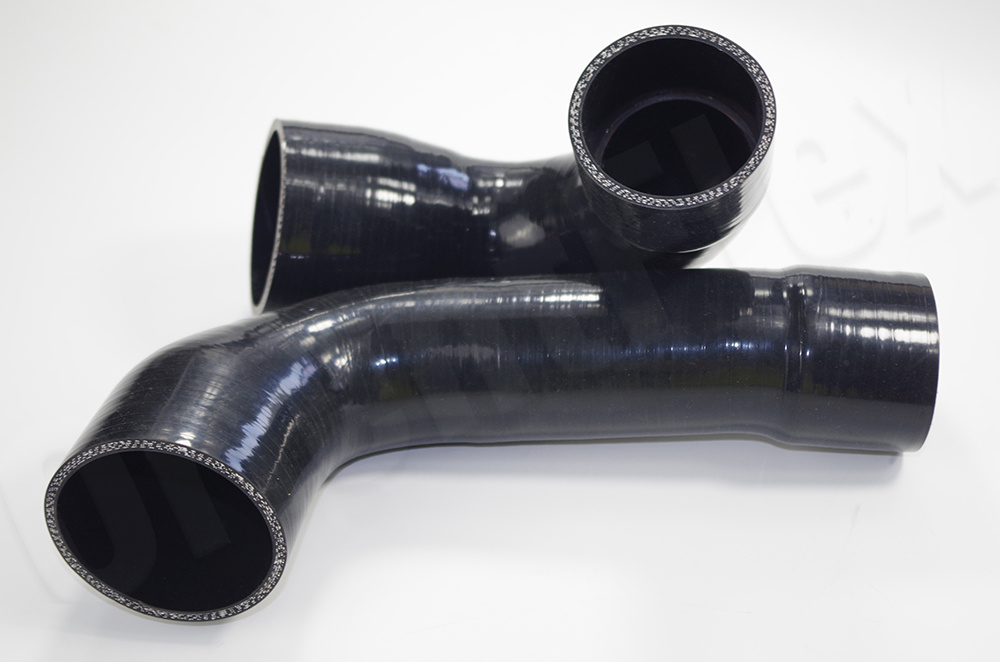Withstood Temperature Range
For the hoses that are applied to vehicles, there are mainly two material choices that are EPDM rubber and silicone. Thus, we have to compare these two material, which one is better and which one is more cost efficiency. We must say the auto hoses usually fail in the extreme working conditions, such as extreme high temperature and extreme low temperature, high working pressure, and abrasion, etc. Firstly we can have a look at the radiator hose’s operation temperature which is from 250 ℉ of the charge air cooler internal temperature, to 450 ℉ EGR operating temperature. Concerning the working temperature range, silicone hoses have a wider and greater temperature range. Generally EPDM can work from -40 ℉ to 250 ℉, and silicone is able to work from -104 ℉ to 450 ℉.
Purchase Cost
Silicone hoses cost relatively higher than EPDM hoses. But to be honest with you, silicone radiator hoses show better working performance with a wider working temperature range, thus which usually have a longer service life. Therefore, if you consider the using time, silicone hose is a not bad choice.

Oil resistant characteristics
So far silicone looks like a perfect choice however, silicone hoses can not convey everything, such as oil-based products. Silicone usually has a bad performance on oil resistance. Silicone can not withstand aromatic-based product. As a hose manufacturer, Orientflex, we can say our auto rubber hoses are also popular. There is a saying like that “silicone hoses are porous”, thus silicone can not be used for conveying oil. Therefore, if the driver do not like check the fluid levels frequently, then we suggest them to choose EPDM radiator hoses, especially for passenger cars. Silicone radiator hoses are often applied in race cars.
EPDM and silicone radiator hose has their advantages accordingly, we can provide you based on your requires, just contact us for more information.